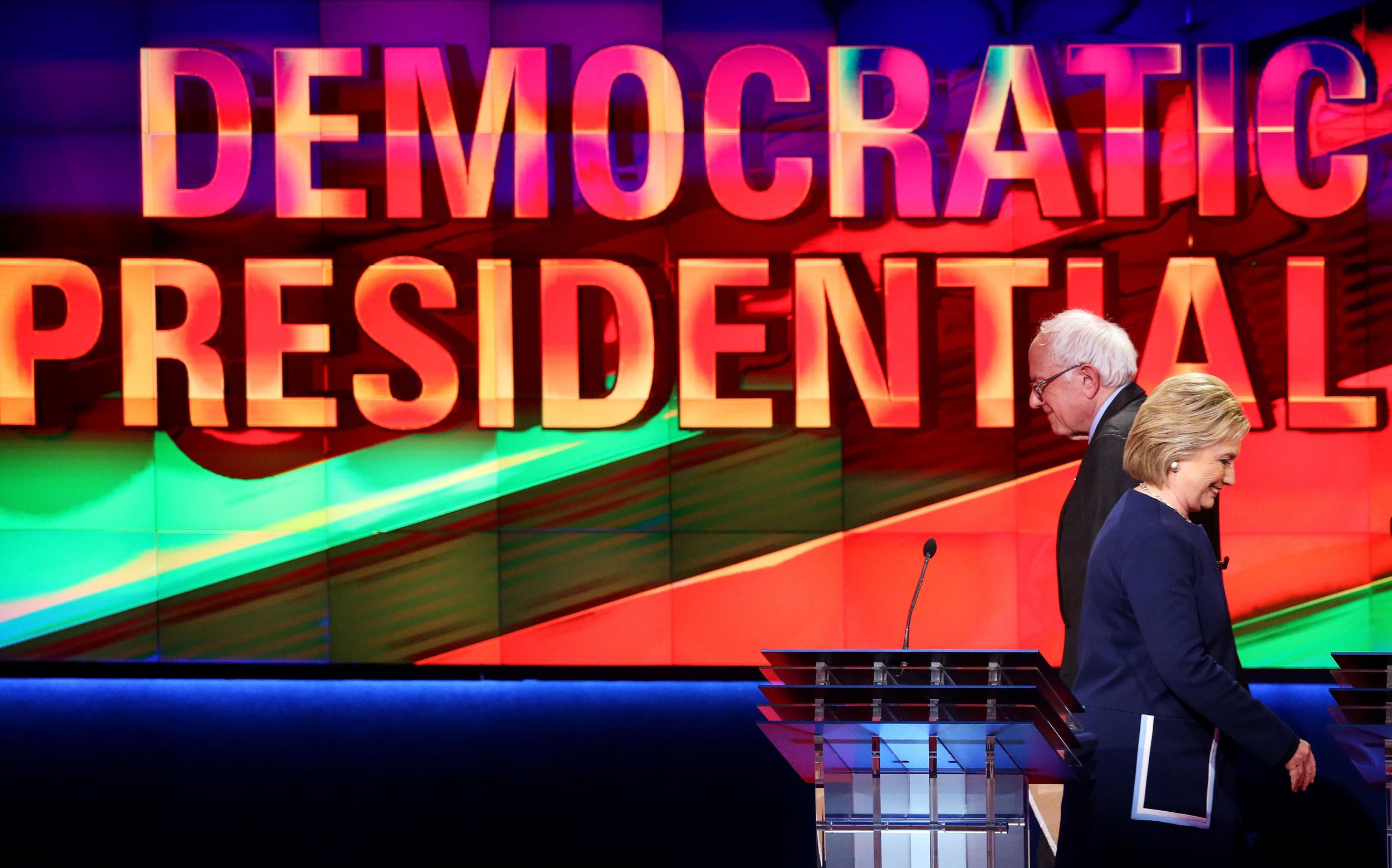Sanders v Clinton: The chart that shows the huge divide between Democrats
Unlike in the Republican Party, young and old Democrats are completely split between Bernie and Hillary

In the past 48 hours Bernie Sanders has resusciated his flagging presidential campaign.
Last night he sparred with Hillary Clinton in another Democratic debate one night after shocking pundits and adding to the woes of pollsters by winning his party's primary in Michigan, the eighth-largest state in the US.
He only beat Hillary Clinton by a percentage point in the state where the American car industry was built, but polls had predicted he’d lose by 20 and the media were ready to put the nails into the coffin of his candidacy.
Young voters, those aged 18-29, were the key to his victory.
He won 81 per cent of them. That’s 13 points more than he had, on average, won in the first thirteen contests for which there was an exit poll.
Tuesday night was a reminder to Hillary Clinton that – after faring better with young voters in the big Super Tuesday states of Massachussetts, Texas and Virginia – she has a problem she can’t seem to overcome.
(The gap isn't so great in southern states, like Mississippi and Alabama, where Clinton has huge support among black voters of all ages.)
Clinton is winning thanks to old voters: she won 69 per cent of them last night in Michigan (compared to 30 per cent for Sanders, giivng a net win of 39 points, as in the graph below) and has typically won 72 per cent of them so far.
The upshot is that support among older voters is, as in UK elections, more useful: they make up a larger proportion of the electorate.
So far the young have made up around 17 per cent of voters on average, while those over 65 have made up 22 per cent.
And given that Clinton is also slightly more popular among the old than Sanders is among the young, that gap in turnout translates to a five point lead for Clinton if the primaries only count the votes of the young and the old.
Sanders win 67 per cent of the young, but they only make up 17 per cent of the electorate, so he wins 11 per cent thanks to them.
Clinton wins 72 per cent of the old and they make up 22 per cent, so she wins 16 per cent thanks to them.
The Democrat race may be less vitriolic than the Republicans’, but they are locked in a remarkable generational divide.
As we reported last month, the answer Democrats give when asked ‘Do you want a candidate who is electable and experienced or one who is honest and trustworthy?’ is a very accurate way of spotting a Clinton or a Sanders supporter.
But as these charts show, age is becoming an almost equally effective way of dividing the party.
That’s not true for the Republicans. They’re divided over wanting an establishment or outsider candidate, and between blue and white-collar workers, but not over age.
If Clinton wins the nomination, as still seems likely despite Sanders’ victory last night, she’ll have to find way to bring aboard the young voters who remain so unenthusiastic about her.
Subscribe to Independent Premium to bookmark this article
Want to bookmark your favourite articles and stories to read or reference later? Start your Independent Premium subscription today.

Join our commenting forum
Join thought-provoking conversations, follow other Independent readers and see their replies